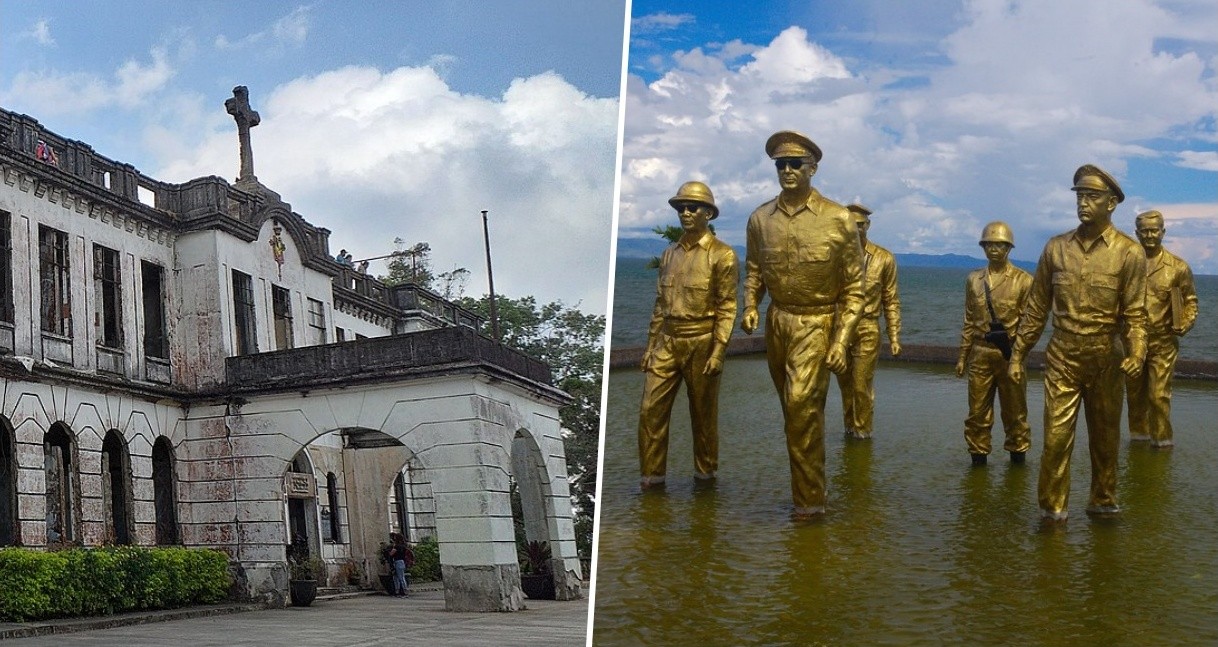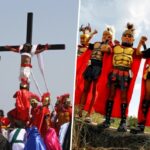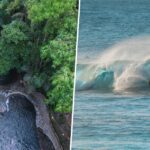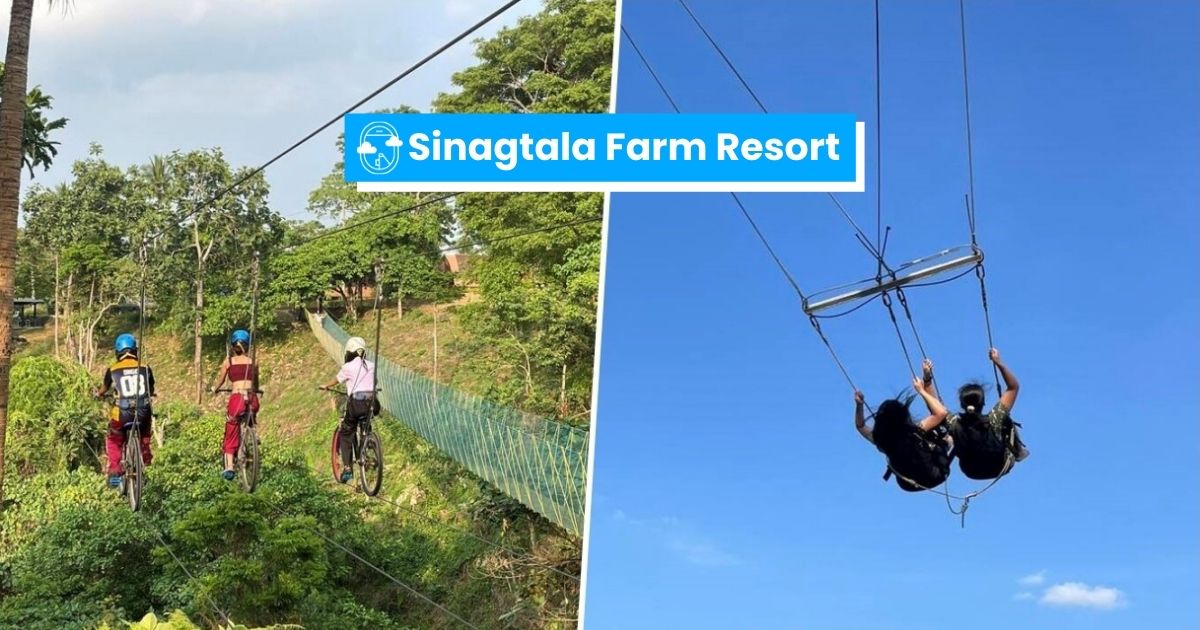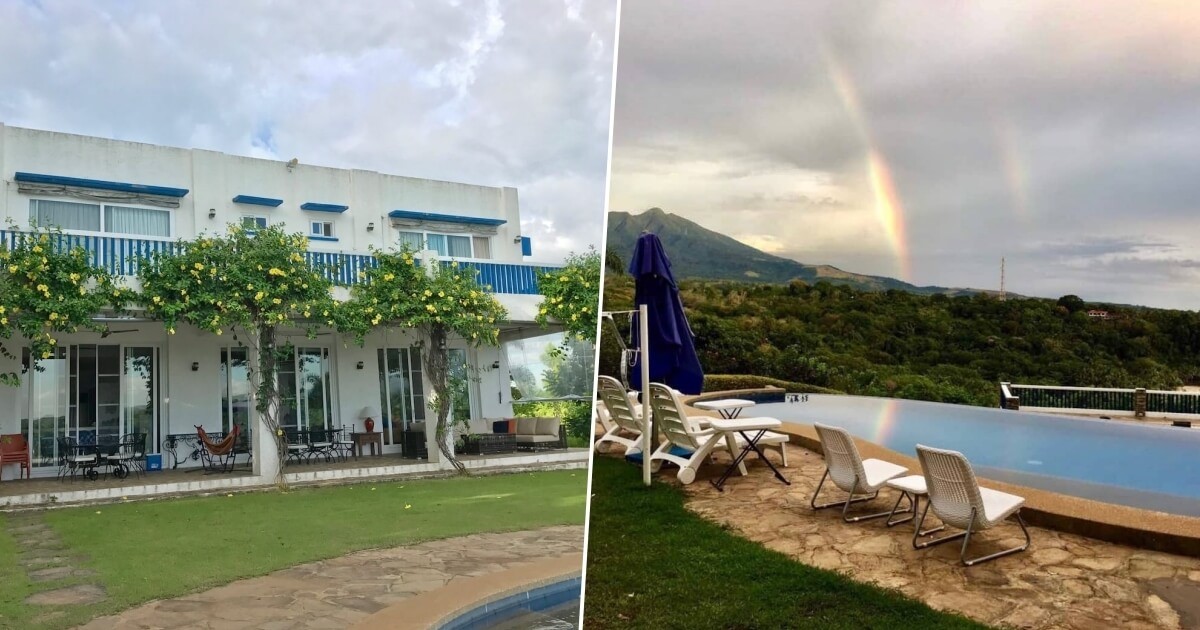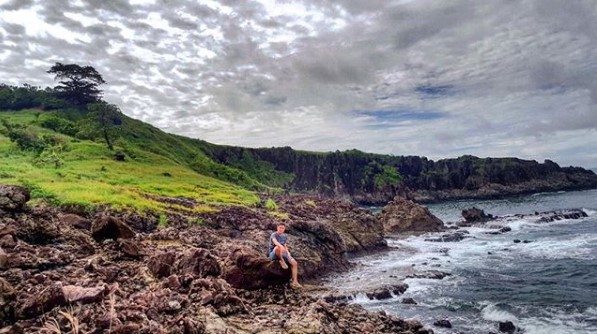LOOK: 10 World War II Sites Around the Philippines You Can Visit
Have you visited any of these?
by Ina Louise Manto | April 10, 2023
It has been nearly eight decades since the end of the Second World War. As we commemorate Araw ng Kagitingan or Day of Valor this year, here are some World War II Sites you can visit in the Philippines:
Fort Santiago
Location: Intramuros, Manila
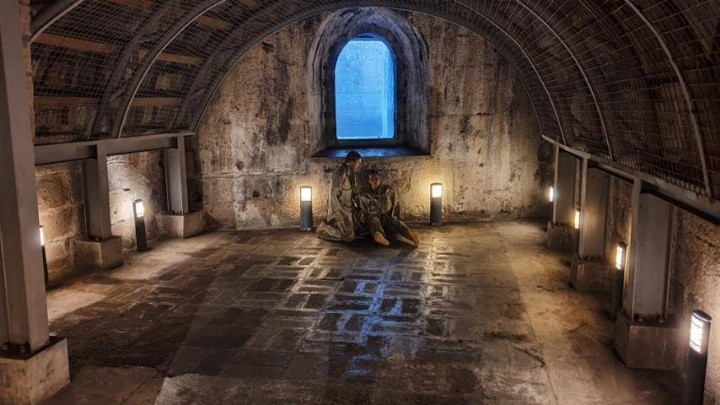
Built more than four centuries ago, Fort Santiago has seen much of the Philippines’ history unfold: from the Spanish occupation to the Second World War. During the Japanese occupation, Fort Santiago became a headquarters for the Japanese where they imprisoned soldiers, men, children, and women. Its dungeons, which are now open to the public again, are believed to be hunted. After the Liberation of Manila in 1945, 600 decomposing bodies were found here. The dungeons also now serve as the Shrine of Freedom.
The entrance fee to Fort Santiago is PHP 75 per head. Find more information here.
Corregidor Island
Location: Manila Bay, Cavite
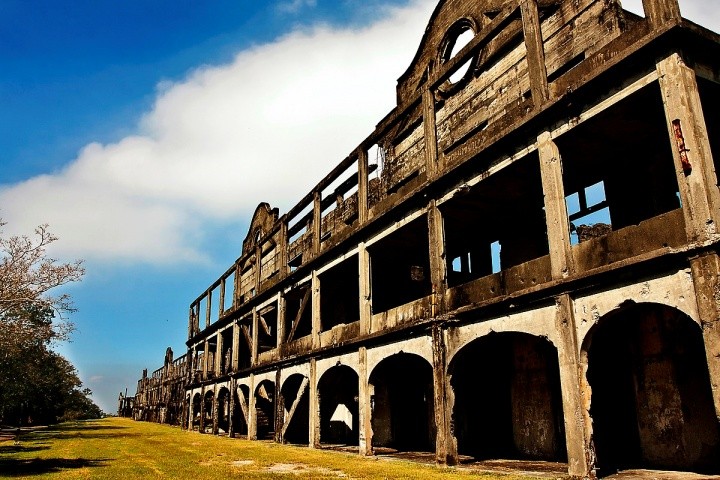
Nestled at the entrance of Manila Bay, Corregidor Island is another landmark that has seen the country’s different occupations since the 1500s. Did you know that at some point during the Second World War, the island was the temporary location of the Government of the Philippines under President Manuel L. Quezon?
The Battle of Corregidor, which took place from May 5-6, 1942 was the culmination of the Japanese conquest, leaving 1,200 wounded and 900 dead. Other landmarks on the island include the Malinta Tunnel and Battery Way. Malinta Tunnel is also a famous spot among folks who are into dark tourism.
Old Diplomat Hotel
Location: Dominican Hill, Baguio, Benguet
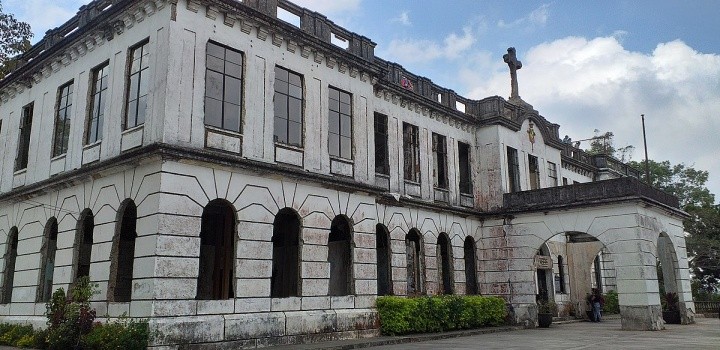
Tourists can enjoy a scenic view of Baguio from its vantage point the Old Diplomat Hotel’s history is full of horrors. It’s one of the Summer Capital’s most popular destinations and is also considered one of the most haunted places in the country. The hotel was originally constructed as a retreat house and vacation home for Dominicans in 1913. In the 1940s, Dominican Hill and Retreat House became a refugee center during the war until it was invaded by the Japanese and served as a headquarters. Post-war, it has seen bombings by American and suicides by Japanese soldiers. After rehabilitation, Diplomat Hotel opened in the 70s, hence the name.
MacArthur Leyte Landing National Park
Location: Palo, Leyte
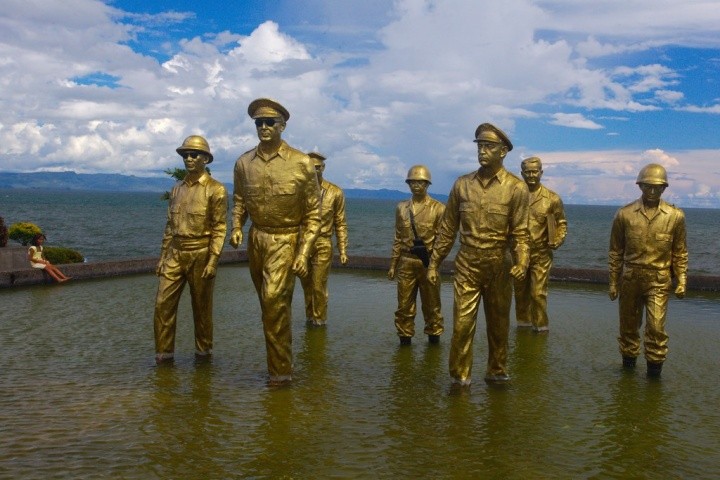
This is a familiar photo we’ve seen in history books growing up. General MacArthur and his forces walked to the shores of Palo, Leyte. Also Known as MacArthur Park, this iconic landmark commemorates the General’s landing, at the beginning of the campaign to liberate the Philippines from Japanese occupation in 1944.
Kamikaze East Airfield
Location: Mabalacat, Pampanga
Nestled along Calucut Village in Mabalacat, the Kamikaze East Airfield or Kamikaze Shrine commemorates the World War II fighter pilots called kamikaze (divine wind). At the site stands a life-sized statue of a kamikaze pilot facing a Torii gate. This shrine remains a popular destination among Japanese tourists visiting Pampanga.
Bessang Pass Natural Monument
Location: Tagudin-Cervantes-Sabangan-Road, Malaya, Ilocos Sur
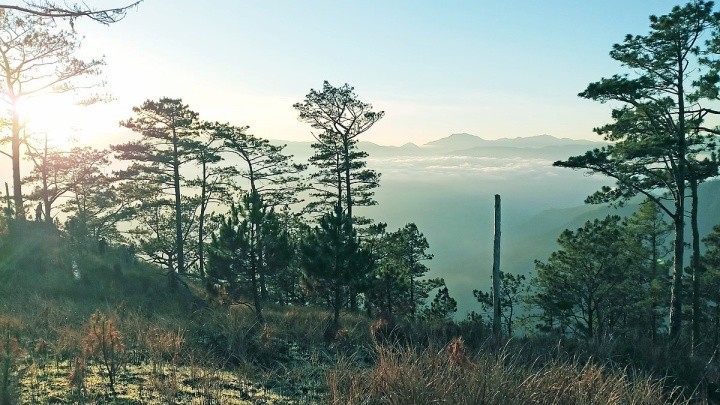
Up for some hiking? The Bessang Pass Natural Monument serves as a memorial for Filipino soldiers that served the U.S. Army Forces in the Philippines during the Battle of Bessang Pass. This protected area was declared a natural monument by President Joseph Estrada under the National Integrated Protected Areas System in April 2000 through Proclamation No. 284.
Japanese Tunnels of Baguio
Location: Baguio Botanical Garden, Benguet
There are plenty of tunnels around Baguio City, including this one inside Baguio Botanical Garden, which is believed to be longer than the tunnels in Davao. This tunnel stretches to The Mansion. While the entirety of the tunnel cannot be explored by tourists, 150 meters of it are open to the public, allowing visitors to experience the history that ran in these dark halls. When you visit, you’ll see a gigantic Torii gate outside the tunnel.
Capas National Shrine
Location: Barangay Aranguren, Capas, Tarlac
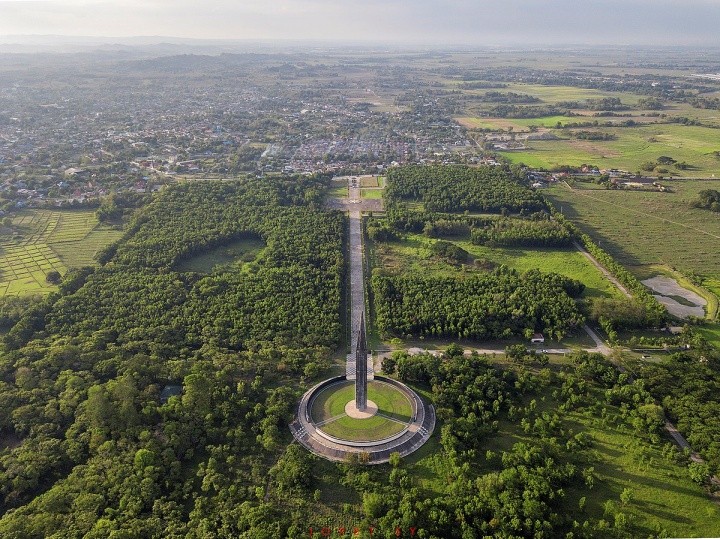
Nestled in a former concentration camp for Allied soldiers, the Capas National Shrine commemorates the lives of the soldiers who died at Camp O’Donnell at the end of the Bataan Death March. It also serves as a memorial for Czechs who fought alongside Filipino and American soldiers during the war.
Cata-Al World War II Museum
Location: Valencia, Negros Oriental
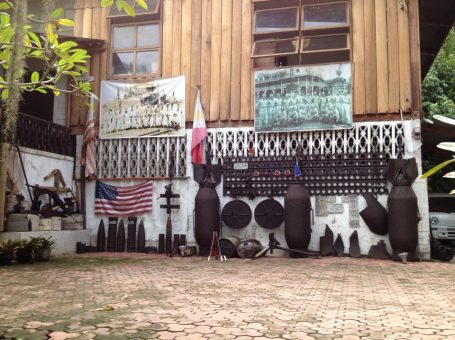
Touring around Dumaguete? Don’t forget to include the Cata-Al World War II Museum in the municipality of Valencia. This museum was established by father and son Porforio and Felix Cata-al. Porforio Cata-al was a former member of the guerilla movement who began collecting artifacts after the war. The father and son tandem dug tunnels, undergrounds, and caves around Mt. Talinis, which is known as the last holdout of Japanese forces. Here, you’ll find bombs and guns even bones from the remains of Japanese soldiers.
Find more information here.
Dalton Pass
Location: Carranglan, Nueva Ecija
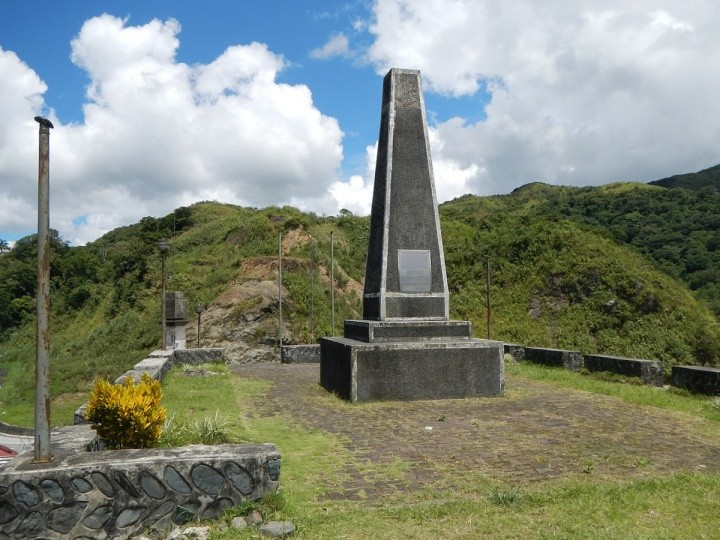
Also known as Balete Pass, the Dalton Pass joins Nueva Vizcaya and Nueva Ecija. It played a role during the Battle of Balete Pass as it was the only access between Cagayan Valley and Central Luzon. Aside from the highway, tourists may visit the Balate Pass Tourism Complex as the pass’ summit.
Looking for other places to explore? Join WindowSeat.ph’s official Facebook community What’s Your Trip PH for more recos!



